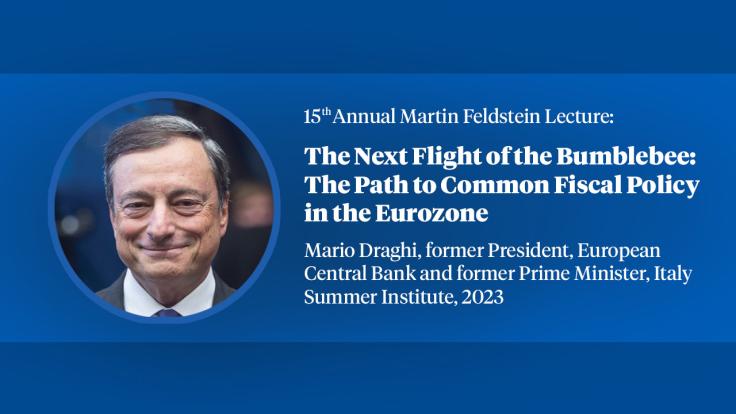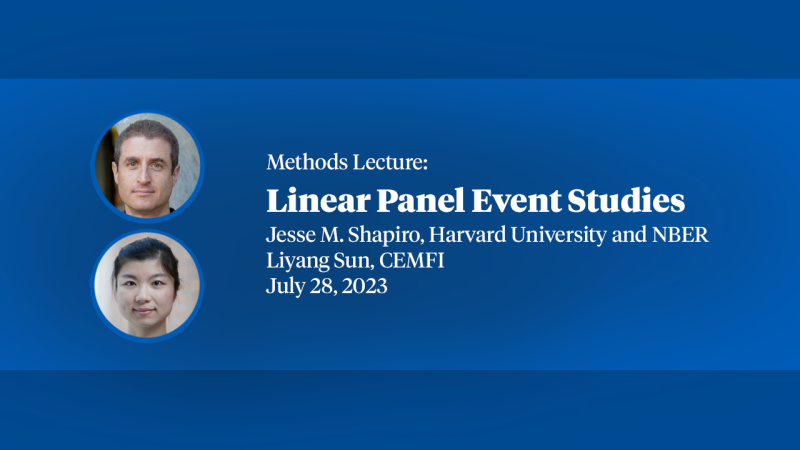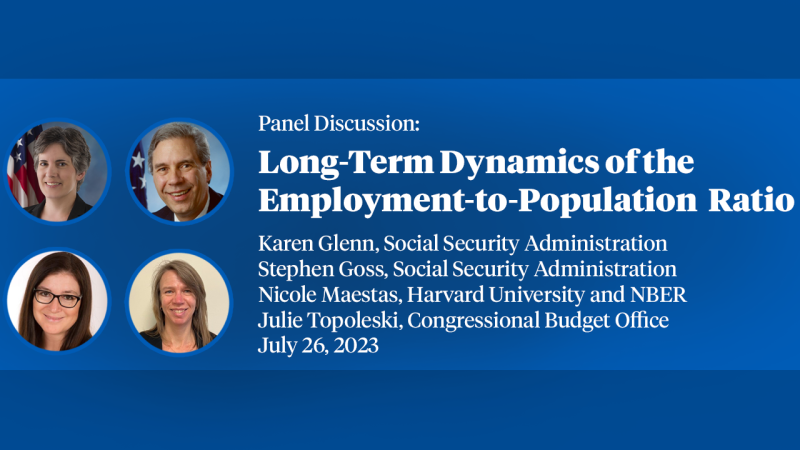Financial Fragility and the Exchange Rate Regime
We study financial fragility, exchange rate crises and monetary policy in an open economy model in which banks are maturity transformers as in Diamond-Dybvig. The banking system, the exchange rate regime, and central bank credit policy are seen as parts of a mechanism intended to maximize social welfare; if the mechanism fails, banking crises and speculative attacks become possible. We compare currency boards, fixed rate and flexible rates, with and without a lender of last resort. A currency board cannot implement a socially optimal allocation; in addition, under a currency board bank runs are possible. A fixed exchange rate system may implement the social optimum but is more prone to bank runs and exchange rate crises than a currency board. Larger capital inflows enhance welfare if the no-run equilibrium occurs, but may also render the economy more vulnerable to self-fulfilling runs. A flexible exchange rate system implements the social optimum and eliminates runs, provided the exchange rate and central bank lending policies of the central bank are appropriately designed.
Published Versions
Chang, Roberto and Andres Velasco. "Financial Fragility And The Exchange Rate Regime," Journal of Economic Theory, 2000, v92(1,May), 1-34. citation courtesy of ![]()


